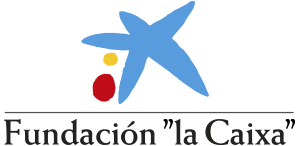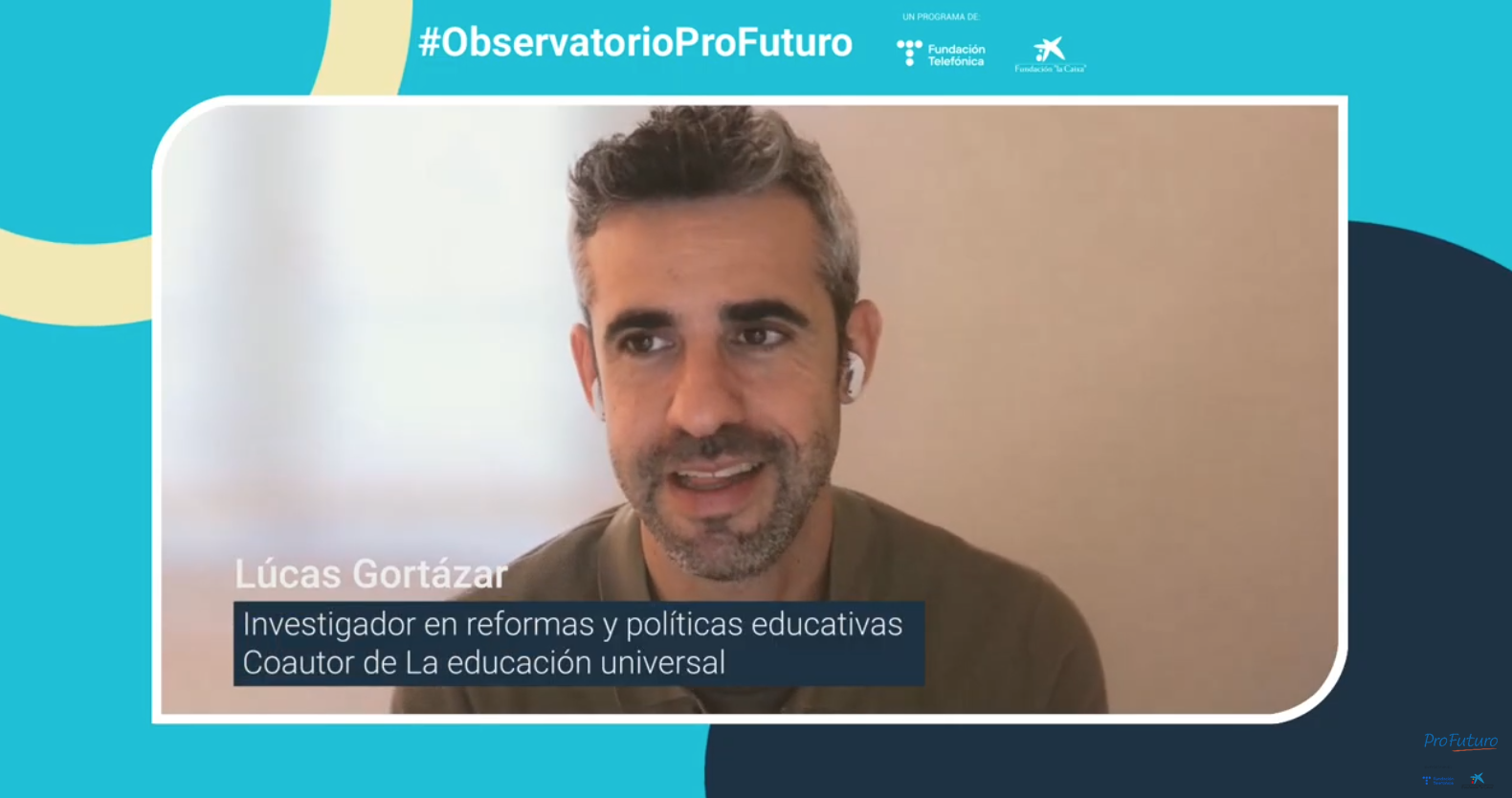
In many classrooms, far from headlines and major educational reforms, there are teachers who observe what happens in their classrooms, ask questions, and seek answers without waiting for solutions to come from above. How do you teach when the curriculum doesn’t align with students’ realities? What can be done when strategies fail and external formulas are not enough?
The answer is not always found in imported new methodologies, but in looking more deeply into what happens every day in the classroom. Action research, an approach that combines critical analysis and pedagogical decision-making from within practice itself, is gaining ground as an effective route to improving education from the inside. No detached research, no top-down theories. We are talking about processes that arise from teachers’ direct experience and are sustained through reflection, dialogue, and transformation.
This article explores what action research is, how it unfolds, and its impact in school settings. Through real cases from Latin America and the UK, we will see its possibilities as a path toward a more conscious, participative, and sustainable education.
What is Action Research?
In schools, it’s often not necessary to look far to find ways to improve. Usually, it’s enough to pause, observe what’s happening in the classroom, and ask questions. Why are my students not participating? What’s going on with those who don’t finish their tasks? What am I doing that I could change?
Action research starts precisely there. It’s not a complex method reserved for academics, but a way of working that arises from daily practice. A tool that enables teachers to observe what they do, intervene, and generate useful knowledge to transform their reality.
The concept was introduced by Kurt Lewin in the 1940s, who defined it as “a spiral of steps composed of planning, action, and fact-finding” (Lewin, 1946). His core idea was simple: the best way to understand a social situation is to try to change it.
Decades later, the approach was adopted and expanded by educators like Stephen Kemmis and Wilfred Carr, who introduced a critical lens. In Becoming Critical, they argued that investigating teaching practice shouldn’t be limited to correcting mistakes or applying technical improvements. It should also serve to “critically understand it, transform it, and liberate it from the oppressive structures that condition it” (Carr & Kemmis, 1986).
Action research doesn’t come from the outside. It’s carried out by those who teach, support, and plan. Teachers observe their classes, identify a problem, design a strategy, put it into action, and reflect on the results. This cycle—diagnosis, action, observation, reflection—can be repeated as many times as necessary. It does not aim to produce universal theories, but rather concrete, situated, feasible solutions.
In a context where change is often expected to come from the top down, this approach restores to educators the power to think, act, and transform from their own place. Learning while teaching. Changing while understanding. And understanding while changing.
Phases of the Action Research Cycle
Action research doesn’t follow a straight line. It’s a circular process, a practice that progresses through trial, adjustment, and learning. A spiral in which each step leads to the next while also opening new questions. This is how Stephen Kemmis and Robin McTaggart described it: “a spiral process of planning, action, observation and reflection” (Kemmis & McTaggart, 2000).
Identifying the Problem
It all begins by looking—not from the outside, but from inside the classroom: something isn’t working, a pedagogical concern, a persistent need. The teacher observes and asks: What is happening here?
Planning a Response
With a clear focus, one thinks about what to do. It’s not about improvising but about designing a viable strategy that fits the context and makes sense for those involved. Often, these decisions are based on experience and, where possible, supported by evidence.
Acting and Observing
Time to try it out. The strategy is put into practice, but closely monitored. Observing is not just watching: it’s recording, taking notes, listening.
Observation and Data Collection
Observation is translated into data: interviews, comments, student work, even recordings or teaching journals. Everything that helps understand the real impact of what was done.
Critical Reflection
Based on the collected information, one reflects: What worked? What needs to change? What has been learned? This final phase doesn’t close the process—it restarts it. Action research always returns to the beginning, but with greater clarity, new questions, and fresh proposals.
As Antonio Latorre, a researcher and promoter of the approach, explains, it’s not about finding universal answers but about “better understanding an educational situation in order to transform it” (Latorre, 2003). And on that path, what matters most is not perfection, but commitment to improvement.
Action research doesn’t come from the outside. It’s carried out by those who teach, support, and plan. Teachers observe their classes, identify a problem, design a strategy, put it into action, and reflect on the results.
Advantages of Action Research in Education
In education, there are no magic recipes, but there are more conscious ways of improving classroom life. Action research is one of them. It’s not based on abstract ideas or ready-made models, but on a practical conviction: change begins when the teacher stops to consider what they do, why they do it, and how they could do it better.
Improving from Within Practice
Unlike reforms that arrive from outside, this approach is built from within. The teacher identifies problems, tests solutions, adjusts them, and starts again. As Carr and Kemmis noted, “it does not just study educational practice, it aims to improve it directly through reflective action” (Carr & Kemmis, 1986).
Learning as a Professional
Investigating one’s own practice changes how it is carried out. The teacher stops being a mere executor of external instructions and becomes a professional who makes informed decisions. They question themselves, rely on evidence, and share what they discover. Pedagogical autonomy is strengthened, and a critical stance is cultivated toward curriculum, assessment, and discipline.
Reclaiming One’s Voice
Action research is not neutral. It has a political dimension: it gives teachers the power to influence what they do. As Antonio Latorre reminds us, “this is research done by and for the protagonists of the educational process” (Latorre, 2003). In a system where decisions are often made without them, that is significant.
Thinking from the Context
Its findings are not meant to be universal but useful. They help better understand a specific classroom, school, or community. They inform decisions based not on trends but on lived realities.
Doing It Together
Although it can start individually, action research flourishes in collaboration. When done with colleagues, departments, or school networks, it creates a culture of pedagogical collaboration. It fosters dialogue, knowledge exchange, and co-construction of responses.
Real Examples and Inspiring Experiences
Though action research might seem abstract, its concrete application in schools has led to valuable experiences—often invisible outside their local context. As we will see next, real-life examples show that it is possible to improve education through everyday practice.
Transformemos Educando (Colombia)
One of the most significant cases in Latin America is the Transformemos Educando programme, led by the Fundación Transformemos. The project was implemented in vulnerable regions of Colombia, such as Catatumbo, to provide literacy and education to young people and adults excluded from the formal system.
Through cycles of diagnosis, intervention, and participatory evaluation, teachers—previously trained in action research—adapted educational content to the social, cultural, and economic realities of their communities. The process not only improved literacy levels but also strengthened participants’ self-esteem and their connection to their territory.
In 2012, the initiative received the UNESCO Confucius Prize for Literacy, highlighting its ability to unite education, participation, and social transformation through a reflective methodology.
Research Schools Network (United Kingdom)
Beyond Latin America, a standout case is the Research Schools Network, a group of UK schools supported by the Education Endowment Foundation. Although not explicitly defined as action research, its principles closely align with the approach: teachers analyse their practice, implement evidence-based strategies, and evaluate their actual impact on learning.
These schools act as regional hubs that spread research-based best practices, offer teacher training, and collaborate with other institutions to scale up improvements. Their model shows that educational change doesn’t have to come from above—it can be born in the classroom, supported by reflection, systematisation, and professional guidance.
The School That Reflects on Itself
Not everything that improves schools comes by decree. Sometimes, change starts with something as simple as a question: What are we doing? Why are we doing it this way? What would happen if we tried something else?
Action research makes no noise, but it transforms. It doesn’t arrive as a recipe, but as a process. It moves slowly, with pen, paper, conversation, and critical observation. And above all, with the conviction that those standing before a class also have the right (and the responsibility) to think about their practice and decide how to improve it.
It is not exclusive to universities or reserved for experts. In many places, this approach has helped reconnect what is taught with what is lived. It has returned voice to those who truly know the school from within. And it has shown that reflection also educates.
More than a technique, action research is an attitude—one of teaching through questions, researching with humility, and transforming using what is available: time, will, and the belief that every educational practice can be rethought.
References
Lewin, K. (1946). Action Research and Minority Problems. Journal of Social Issues, 2(4), 34–46).
Schmelkes, S. (2006). Hacia una mejor calidad de nuestras escuelas indígenas. México: SEP.






